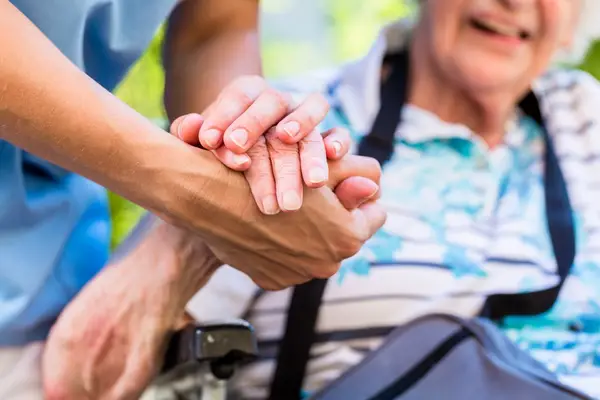
How to Create a Recovery Plan for Seniors
As we age, our bodies become more susceptible to illness and injury. While this is a natural part of life, it doesn't mean we can't take steps to prepare for unexpected events. A well-crafted recovery plan is here to save the day! It can significantly improve a senior's well-being during challenging times.
Looking for a guide to equip you with the knowledge to create a personalized plan that fosters resilience and promotes a smooth recovery process? You've come to the right place. Read on!
Step 1: Assess Individual Needs
The foundation of a good recovery plan lies in understanding the unique needs of the senior. Consider their current health status, mobility limitations, and any ongoing medical conditions.
If they have a chronic illness, consult their doctor to ensure the plan complements their existing treatment regime. For instance, a senior with dementia might require specific assistance routines in the recovery phase. Or maybe they're suffering from a type of neurological disorder. The help of an experienced, reputable neurologist near where they live is crucial in such cases.
When it comes to healthy seniors, maintaining independence as much as possible might be the topmost priority during a recovery period. Chances are they still would want to carry out tasks like preparing meals, taking charge of their own medications, and performing daily hygiene routines without needing any assistance. This sense of autonomy boosts their morale and sense of self-worth, making way for much faster recovery.
Step 2: Identify Potential Scenarios
Envision the various situations that could necessitate a recovery plan.
A fall at home might leave a senior needing temporary assistance, while a planned surgery could require a longer recovery period with specific care needs. Unforeseen events like a car accident would necessitate one, too, and this usually means obtaining specialized care from a car wreck doctor to properly address the injuries sustained.
Moreover, consider the physical and logistical challenges associated with each scenario. Would the senior require help with daily tasks like bathing or dressing after a fall? Following surgery, would they need transportation to follow-up appointments?
Anticipating these challenges allows you to develop solutions in advance, ensuring a smoother recovery process regardless of the circumstances.
Step 3: Building a Strong Support System
A strong support network is the backbone of a successful recovery. The first step is to identify individuals who can offer practical help during this time. These could include family members who can provide transportation to appointments or help with errands. Friends and neighbors can also be valuable resources, offering companionship and assistance with light tasks like preparing meals or running household chores.
Consider the level of assistance the senior requires. If they need more extensive care, involving a professional caregiver can ensure their daily needs are met. Additionally, compile a comprehensive contact list that includes the senior's doctor, any specialists they see regularly, and emergency contacts. Having this information readily available streamlines communication and ensures the right people are involved throughout the recovery process.
Step 4: Essential Documents for Easy Access
Having essential documents readily available can expedite the recovery process. Compile a list of medications, allergies, and emergency contacts. Include copies of health insurance information, advance directives (living will and power of attorney), and a list of current prescriptions. Consider storing these documents in a designated folder or binder for easy access by the senior or their designated healthcare proxy.
Step 5: Planning for Daily Living Activities
During recovery, even basic tasks like preparing meals or managing finances can become difficult. Explore options for meal delivery services or grocery shopping assistance. If managing finances becomes a challenge, consider setting up automatic bill payments or appointing a trusted individual to handle them temporarily.
Step 6: Holistic Recovery
Recovery is a multifaceted journey that encompasses more than just physical healing. While regaining strength and mobility is important, it's equally crucial to address the emotional and mental well-being of the senior.
Social interaction is vital for maintaining emotional well-being. Encourage regular phone calls or video chats with loved ones. You may also consider setting up virtual social groups or online communities specifically designed for seniors.
If the senior is struggling with anxiety, depression, or post-traumatic stress (particularly if recovering from an accident), consider scheduling in-home visits from a therapist or counselor. These professionals can equip them with coping mechanisms and emotional support tools to navigate the challenges of recovery.
Step 7: Review and Update for Ongoing Effectiveness
A recovery plan isn't a static document. Schedule regular reviews to update it and reflect any changes in the senior's health or living situation. This ensures the plan remains relevant and effective throughout their golden years.
Final Thoughts
So take a proactive approach. Create a personalized recovery plan. All this can empower your senior loved one to navigate unforeseen challenges with confidence. You know a little preparation can go a long way, right? This is what would ensure a smooth and successful recovery.